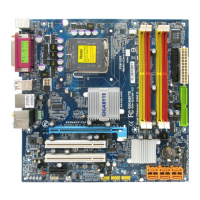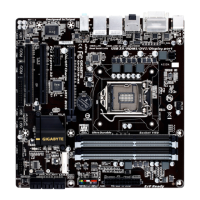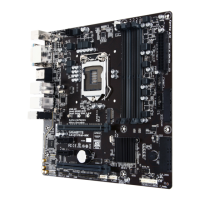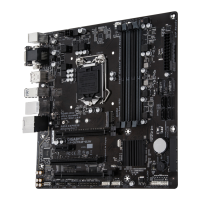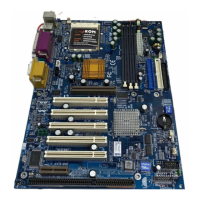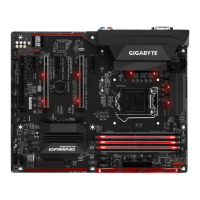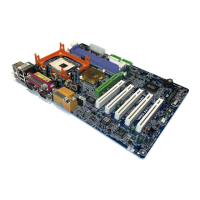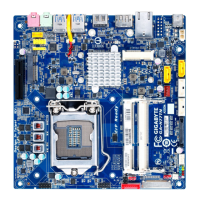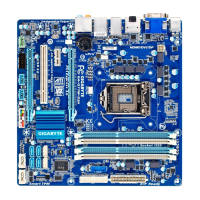
Do you have a question about the Gigabyte GA-Q77M-D2H and is the answer not in the manual?
| Non-ECC | Yes |
|---|---|
| Memory voltage | 1.5 V |
| Memory channels | Dual-channel |
| Memory slots type | DIMM |
| Number of memory slots | 4 |
| Supported memory types | DDR3-SDRAM |
| Maximum internal memory | 32 GB |
| Supported memory clock speeds | 1066, 1333, 1600 MHz |
| Processor socket | LGA 1155 (Socket H2) |
| Processor manufacturer | Intel |
| Compatible processor series | Intel Celeron, Intel Pentium |
| Maximum number of SMP processors | 1 |
| USB 2.0 connectors | 2 |
| Number of SATA connectors | 6 |
| Number of Parallel ATA connectors | - |
| USB 2.0 ports quantity | USB 2.0 ports have a data transmission speed of 480 Mbps, and are backwards compatible with USB 1.1 ports. You can connect all kinds of peripheral devices to them. |
| Audio chip | Realtek ALC887 |
| Cooling type | Passive |
| Component for | PC |
| Power source type | ATX |
| Motherboard chipset | Intel® Q77 Express |
| Audio output channels | 7.1 channels |
| Motherboard form factor | micro ATX |
| Compatible operating systems | Microsoft Windows 7/XP |
| Supported storage drive interfaces | SATA II, SATA III |
| Maximum resolution | 2560 x 1600 pixels |
| Parallel processing technology support | 2-Way CrossFireX |
| Controller interface type | Intel Q77 |
| PCI Express slots quantity | 3 |
| PCI Express slots version | 3.0 |
| PCI Express configurations | 1x1, 1x4, 1x16 |
| Trial software | Norton Internet Security |
| Ethernet interface type | Gigabit Ethernet |
| BIOS type | AMI |
| ACPI version | 2.0a |
| BIOS memory size | 64 Mbit |
| Width | 244 mm |
|---|
Safety and handling guidelines before installing hardware.
Guidelines for safe CPU installation.
Visual guide to CPU socket and CPU alignment.
Precautions and steps for memory installation.
How to configure memory for dual channel bandwidth.
Safety guidelines for installing expansion cards.
Connects power switch, LEDs, and reset.
Overview of M.I.T. and frequency options.
Settings for CPU frequency and core features.
Controls Turbo Boost, ratios, power limits.
XMP profiles and memory multiplier settings.
Configures memory timing methods.
Displays system voltages, temperatures, and fan speeds.
Settings for CPU cores, halt states, thermal monitor.
Detailed memory timing configurations.
Controls DDR voltage and channel/rank interleaving.
Selects system performance levels (Normal, Turbo, Extreme).
Detailed timing controls for memory channels.
Adjusts CPU fan speed based on temperature.
Configures boot sequence and device priorities.
CPUID, Execute Disable Bit, Virtualization.
Controls for LAN PXE, SATA controllers, and USB 3.0.
Options to save changes, exit, or load defaults.
Steps to install chipset drivers from the driver disk.
